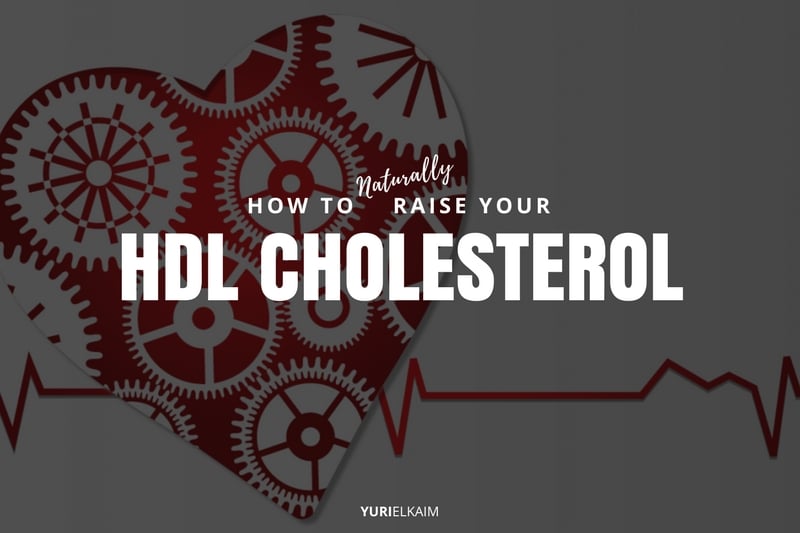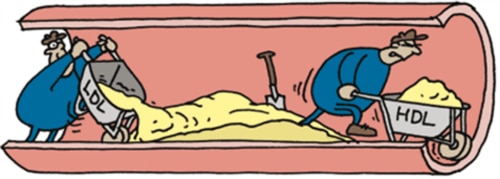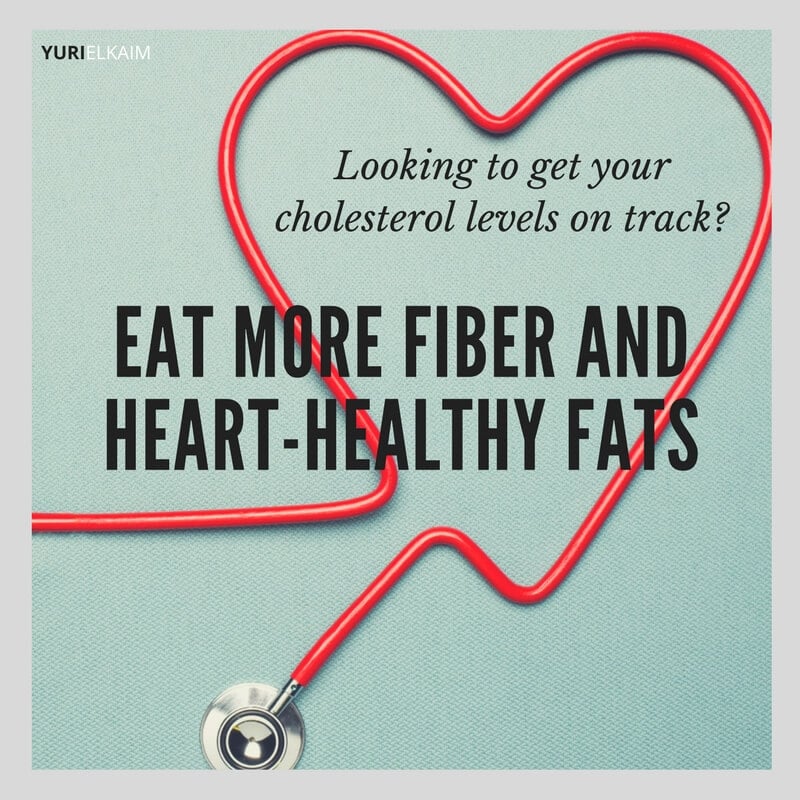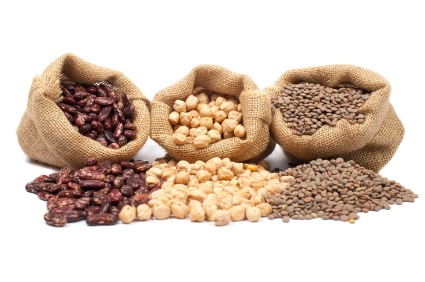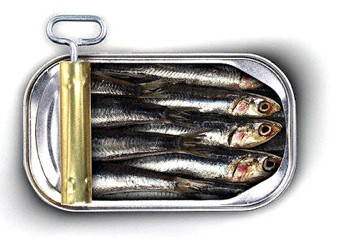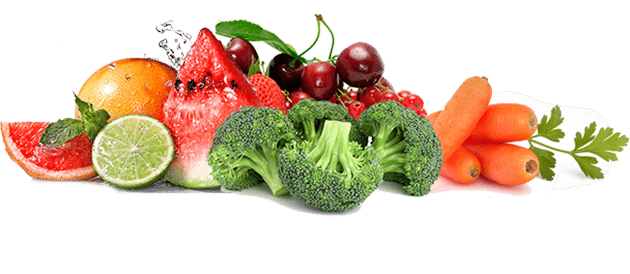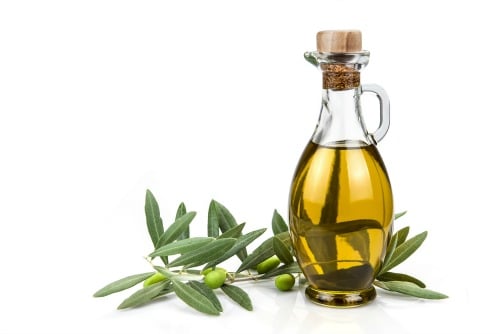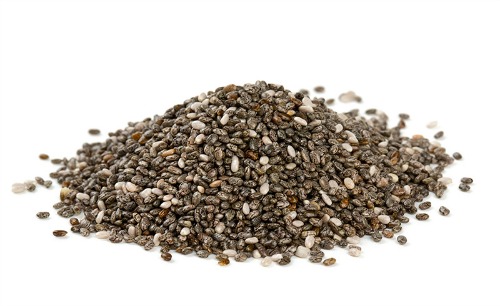In this article
Are you like most people, and avoid cholesterol at all costs?
Seriously, cholesterol has gotten a pretty bad reputation over the years.
You might instinctively choose foods marked “cholesterol-free” at the grocery store. You probably know your cholesterol numbers from your last blood test, and maybe you even take prescription drugs to bring those numbers down.
But not all cholesterol is bad. In fact, your body actually depends on cholesterol to function properly.
Most of your body’s cholesterol is made in your liver. After it’s created, this fat-like substance circulates through your bloodstream so it can be used your body.
Cholesterol is also found in the foods you eat, especially dairy and meat products.
The truth is, dietary cholesterol doesn’t have much effect on the amount of cholesterol in your blood – but I’ll get into more on that later.
How to Raise Your HDL
From hormone production to vitamin D absorption to forming the membranes of your cells, cholesterol is crucial to your health.
That being said, it’s important to distinguish between the different types of cholesterol.
There are two main types of cholesterol that we should talk about.
LDL cholesterol is also known as “lousy cholesterol” because it moves through your arteries depositing plaque, making it harder for your heart to pump blood through your body and eventually leading to the development of heart disease.
HDL cholesterol, on the other hand, is considered “healthy cholesterol.” That’s because it goes through the arteries and cleans up all that plaque left behind by the LDL cholesterol, keeping your arteries clear and allowing your heart to do its job properly.
Raising HDL cholesterol is one of the best things you can do to protect your heart and help it work efficiently.
Raising HDL cholesterol is one of the best things you can do to protect your heart. Share on XSo, how can you raise your HDL levels and keep your heart in tip-top shape?
The good news is, it’s not that hard.
Diet and Cholesterol
What you put on your plate can have a major impact when it comes to heart health. In fact, if you’re looking for how to raise HDL naturally, modifying your diet is a great place to start.
You see, what you eat actually has a pretty big influence on your cholesterol levels. With all the misinformation out there, though, it does take a bit of savvy to know exactly what you should be looking for.
One of the most prevalent nutrition myths out there is that eggs are bad for your health because of the cholesterol found in the yolk.
Even though we’ve been told for years to avoid foods high in cholesterol, there’s increasing evidence showing that dietary cholesterol has little effect on blood cholesterol.
This is why picking products marked as “cholesterol free” don’t make a dent in cholesterol levels.
Your liver is actually responsible for pumping out cholesterol and has an awesome built-in mechanism for keeping things regulated. If you start getting too much cholesterol from the diet, your liver will start to slow down and produce less cholesterol to make up the difference (1).
So rather than focusing on cutting back on eggs if you’re looking to get your cholesterol levels on track, instead it can be more helpful to focus on adding foods full of fiber and heart-healthy fats.
Fiber helps cholesterol levels by binding to and removing bile acids from the body. Because cholesterol is critical for the production of bile acids, the cholesterol in your body goes towards making more bile acids instead of circulating through the blood.
Meanwhile, the types of fat you include in your diet have a role in cholesterol synthesis. Picking the wrong types, like trans fats, can increase LDL cholesterol and cause HDL cholesterol to plummet.
On the other hand, including more healthy fats can have the opposite effect.
Hidden HDL Killer
A diet high in sugar could be another possible culprit behind decreased HDL levels. Studies have found that regular intake of added sugar can lead to an increase in several heart disease risk factors, including high triglycerides, high LDL, and low HDL (2).
Bonus: even though increasing your HDL cholesterol doesn’t automatically drop your LDL cholesterol (or vice versa), including a few heart-healthy foods in your diet can improve levels of both LDL and HDL, which is great news for your heart – and your overall health.
Top 5 Foods to Raise Your HDL
1. Legumes
Filling your plate with legumes like black beans, kidney beans, chickpeas, and lentils can have a big effect on HDL.
One animal study looked specifically at baked beans, peas, lentils, and butter beans. They found that these foods were able to significantly increase HDL levels after the 42-day study period (3).
Legumes are rich in pectin, a type of soluble fiber that can promote healthy cholesterol levels in the body (4).
They’re also full of protein, with lentils boasting 18 grams of protein per cooked cup.
If you buy canned legumes, in addition to ensuring your can is BPA-free, make sure you opt for a low-sodium variety, or rinse them to reduce excess salt before you use them.
This lowers sodium intake, preventing stress on the heart by decreasing blood pressure.
[feature_box style=”26″ only_advanced=”There%20are%20no%20title%20options%20for%20the%20choosen%20style” alignment=”center”]
Recommended Recipes:
- The Easiest Curried Lentils Recipe Ever
- 5-Ingredient Black Bean Quinoa Burgers
- Chocolate Chip Chickpea Blondies (Vegan Option)
[/feature_box]
2. Fatty fish
There’s a reason the American Heart Association recommends getting in at least two servings of fatty fish per week. Fish like mackerel, tuna, herring, sardines, and salmon are packed with cardio-protective omega 3 fatty acids (5).
Promising research has demonstrated the powerful link between omega-3 fatty acids and HDL cholesterol. A study published in the journal Metabolism found that supplementing with fish oil increases levels of HDL2, a subclass of HDL cholesterol (6).
Another study published in 2014 had similar findings. Researchers noted that eating fatty fish 3 times a week produced a significant increase in HDL cholesterol concentrations (7).
If you’re not a big fish eater, no problem. Swapping the fatty fish for a fish oil supplement can produce the same beneficial effects on your HDL cholesterol.
[feature_box style=”26″ only_advanced=”There%20are%20no%20title%20options%20for%20the%20choosen%20style” alignment=”center”]
Recommended Recipes:
- 18 Ways to BBQ Salmon That’ll Make You Look Like a Pro
- Grilled Sardines with Coarsely Chopped Green Herbs
[/feature_box]
3. Fruits and vegetables
Regardless of whether you’re looking to lose weight, increase your energy, or even boost your HDL cholesterol, fruits and veggies are a must.
There are countless reasons why you should strive for at least five servings of fruits or vegetables per day. Just a few: they contain antioxidants, they’re low in calories, and they’re high in fiber to keep you feeling full.
When talking about HDL levels and heart disease, though, it’s the fiber that really matters.
A 2015 study showed that increasing fiber intake from 18 grams per day up to over 30 grams per day increased HDL cholesterol by 10 percent while slashing the ratio of total cholesterol to HDL by 14.4 percent (8).
Best of all, the options are almost limitless when it comes to fruits and veggies. You can pick and choose your favorites and incorporate them into your diet any way you’d like.
My go-to way to get in a few servings? A tasty and refreshing green smoothie! Try out my favorite recipe here.
[feature_box style=”26″ only_advanced=”There%20are%20no%20title%20options%20for%20the%20choosen%20style” alignment=”center”]
Recommended Recipes:
[/feature_box]
4. Olive oil
If you’re looking for how to raise HDL levels, upping your olive oil intake is one of the easiest ways.
Olive oil has a pretty solid reputation as being cardio-protective, and it’s partly thanks to its effect on HDL cholesterol.
According to a recent review of scientific studies, olive oil can increase HDL cholesterol, especially when compared to high-carbohydrate and low-fat diets (9).
Olive oil is rich in monounsaturated fatty acids, a type of fat that remains liquid at room temperature thanks to its chemical structure.
Monounsaturated fats have plenty of health benefits. For instance, when they’re used in place of saturated or trans fats, they contribute to a decreased risk of heart disease and stroke (10).
Note that olive oil is very sensitive to heat, so cooking with it can cause it to become rancid and form free radicals.
Instead, I’d recommend drizzling a bit over your uncooked meals, such as salads, or on top of veggies after they’ve been cooked.
[feature_box style=”26″ only_advanced=”There%20are%20no%20title%20options%20for%20the%20choosen%20style” alignment=”center”]
Recommended Recipes:
- 6 Amazing Apple Cider Vinegar Salad Dressings You Need to Try
- 10 Mason Jar Meals That Make Healthy Eating Easy
[/feature_box]
5. Chia seeds
Chia seeds may be tiny, but they pack a serious wallop when it comes to nutrition and heart health.
These potent seeds improve HDL through a few different mechanisms.
Much like fatty fish, chia seeds are loaded with omega-3 fatty acids, which can enhance HDL levels.
They’re also rich in fiber, helping to increase HDL cholesterol and improving the ratio of overall cholesterol.
A recent study looked at how a few different dietary components (including things like oats, inulin, and, of course, chia seeds) affected cardiovascular health. After three months, they found that the concentration of HDL particles had significantly increased. Not only that, but LDL, blood pressure, and even study participants’ body mass indexes dropped too (10)!
[feature_box style=”26″ only_advanced=”There%20are%20no%20title%20options%20for%20the%20choosen%20style” alignment=”center”]
Recommended Recipes:
- 21 Awesome Chia Pudding Recipes Great for Breakfast
- 10 Homemade Protein Bars That Are Actually Good for You
- Kombucha Chia Seeds Smoothie (No Blender Needed)
[/feature_box]
Exercise and Cholesterol
Adjusting your diet isn’t the only way to give your HDL cholesterol a boost.
If you already have a fairly healthy diet and still want to improve your cholesterol levels, hitting the gym can make a big impact.
Interval training, which involves alternating between high- and low-intensity intervals of exercise, has been shown to be especially effective at revving up metabolism and promoting heart health.
A research trial in 2009 studied how high-intensity interval training affected cholesterol levels over an 8-week program. At the end of the study, they found that interval training was able to increase HDL levels and also improve the ratio of total cholesterol to HDL cholesterol.
Want to increase your good cholesterol? Start doing high intensity interval training. Share on XBut what if you don’t have time to make it to the gym every day?
Fear not – getting any type of physical activity in can help pump up your HDL cholesterol.
One of the easiest ways is by taking something we all do every day and kicking it up a notch.
Research has shown that walking can be an effective way to improve HDL cholesterol. Increasing the intensity by walking faster actually increases HDL levels even more than if you walk slower (12).
Another awesome way to maximize your workout is by walking with a weighted vest. This adds to your body weight, which can increase resistance and take your exercise routine to the next level.
And if even squeezing a quick walk into your schedule isn’t doable, micromovements are something you might want to consider.
The beauty of micromovements is that they can fit seamlessly into your day. The idea is simple enough: move more.
Take the stairs, take a walk during your lunch break, or try standing at your desk instead of sitting. It all slowly adds up to a slimmer waistline and a happier heart.
More HDL for a Healthy Heart
Now that you know how to raise your HDL, there’s no excuse not to get started!
Improving your cardiovascular health starts right on your plate and at the gym; make a few simple lifestyle modifications and you’ll be on track to better heart health in no time.
HDL-Boosting Workout
As I noted above, interval training is a key way to help boost your good cholesterol level. My Speed Burst Workout fits the bill – and it’s FREE!
Take your intensity up a notch or two with this effective follow-program, which you can download right now.
Just click the image below and it’s yours!

